As I sheltered from the rain at the base of Mount Kilimanjaro, dots of light started to flicker on. At first, it was just a few but before I knew it, 15, 30, then 55 tents were all emitting a warm glow from the blackness. In the cramped concrete structure – the only cover at the campsite – the remaining students from the College of African Wildlife Management hurriedly fixed tent poles, unpacked bags, and readied themselves for the most important climb of their lives. The following morning, they would embark on the Rongai Route for the final exam of their mountain guiding course: summiting.
I was in Tanzania with a group of 72 students to learn what it takes to become a Kilimanjaro mountain guide, a job that involves leading clients up Africa’s tallest peak – the highest free-standing mountain above sea level in the world.
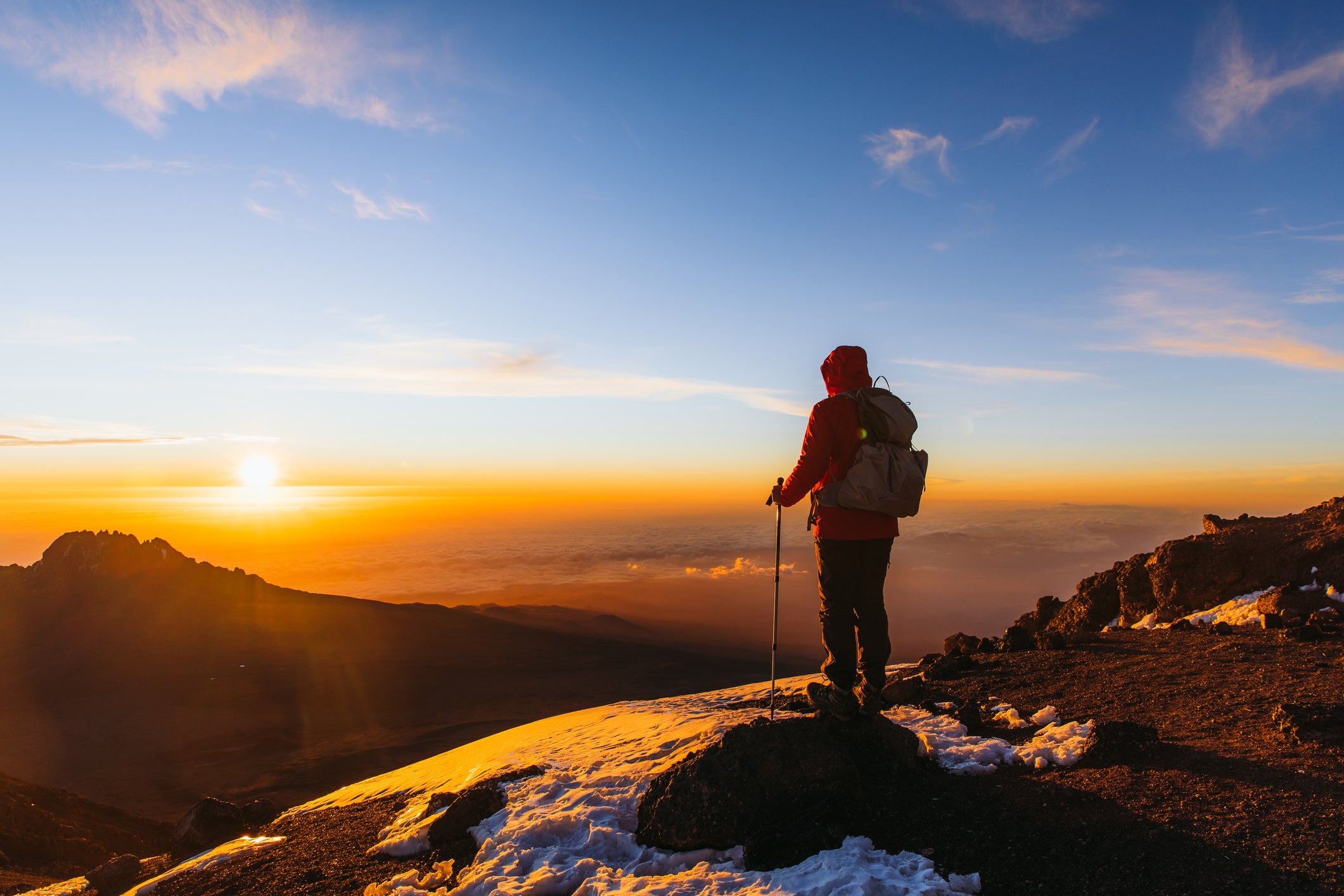
Evans, a 37-year-old student, was standing quietly beside me. Like many of his colleagues, he started on the mountain as a porter, a somewhat treacherous job available to anyone with the mettle to carry 25kg of luggage 5,895 metres above sea level. Porters transport equipment as well as cook, clean and set up camp. The casual nature of the role can often lead to exploitation, with few formal contracts and a lack of oversight for proper working conditions.
Read more: How to experience Africa’s wildest coastline on a cruise
“My father died when I was four,” Evans told me. “I started as a porter because I had a hard life, financial responsibilities and family needs.” Mountain work can be a lifeline for those in similar situations, or those without access to a formal education (which accounts for 73 per cent of compulsory-school-aged children in Tanzania, according to Unicef). In fact, it’s one of the most lucrative career paths for locals without qualifications, as the eventual progression to chief guide comes with an often life-changing income.
Although the college prefers to admit students with mountain experience, there is currently no official requirement to have ever attempted the climb before starting the course. Applicants do require a secondary-level education, due to the fact that the course is taught in English and guides are required to know the language for client communication.
“We want to develop those who have been porters or assistant guides first,” Professor Alex Kisingo, the college’s Deputy Rector for Academics told me in his taxidermy-stuffed office.
Read more: The best places to visit in Morocco for 2025
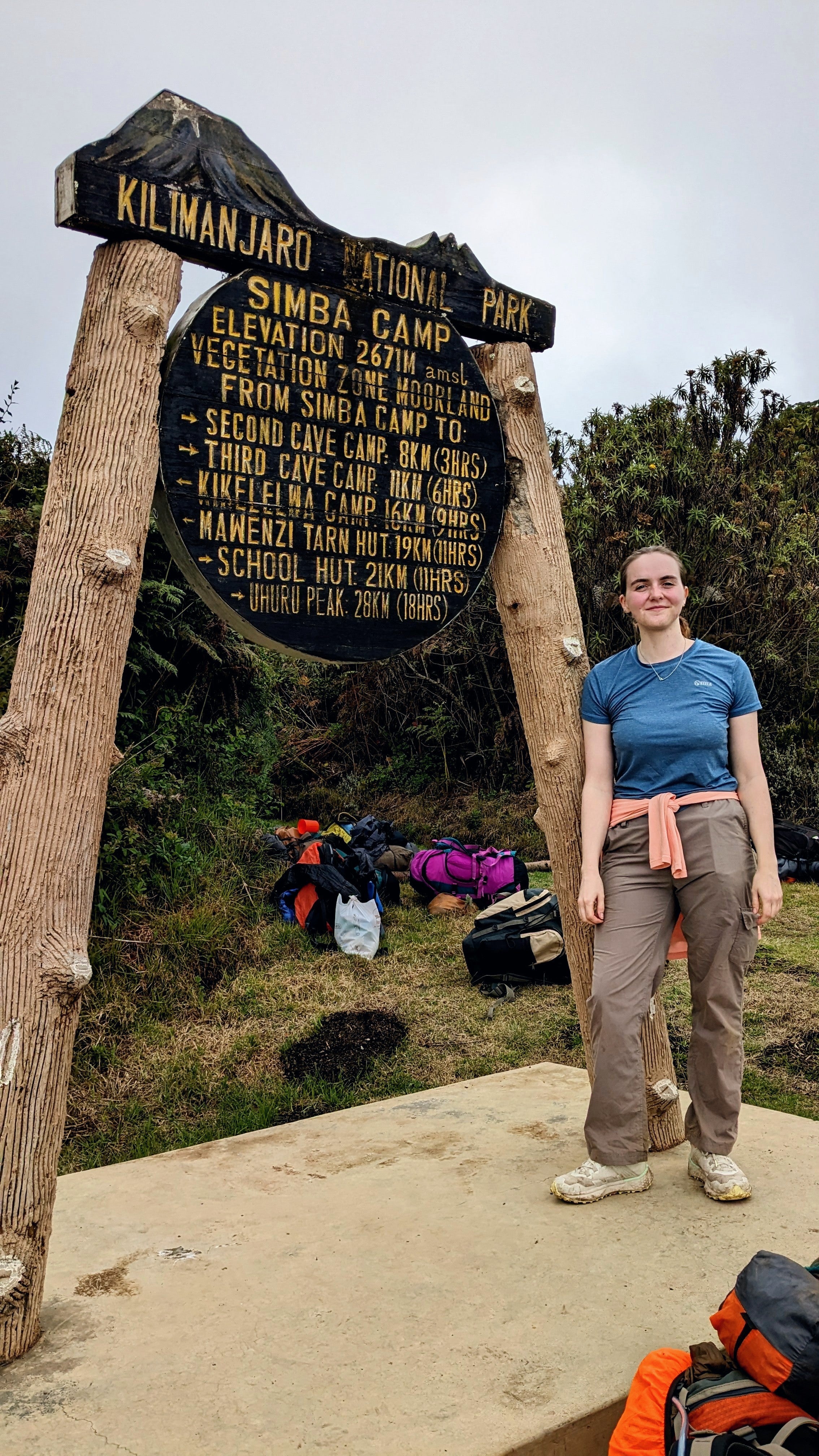
For some students on the course, such as best friends Mercedes and Dennis, portering was simply the logical first step to a career in tourism. Both grew up near Mount Kilimanjaro and watched as their neighbours, family members, and tourists disappeared up the mountain every December to March and July to October.
“I liked tourism, so as soon as I got the chance to hike the mountain I said, “one day I will study and become a mountain guide,”” Mercedes told me. Both she and Dennis had more than 18 months of portering experience before their final exam. Some of their classmates had a decade, while others had never set foot on the mountain. Although the course has a remarkably high pass rate at 90-95 per cent, two of the cohort failed to summit due to altitude sickness.
Read more: The lesser-known cities for a perfect winter sun holiday without the jet lag
It surprised me how quickly fatigue set in, even on the mountain’s lower stages. Luckily, fitting 72 people through the Rongai Route’s well-worn, but narrow, trails slowed the pace down significantly. Small bottle necks would form as students stopped to take pictures or take notes on the vegetation, before the group carried on steadily through the thick green of the forest.
“Pole pole” is a phrase you’ll hear often if you climb Kilimanjaro. It translates to “slowly, slowly” from Swahili and is the sanguine advice the guides offer to coax clients up the mountain safely.
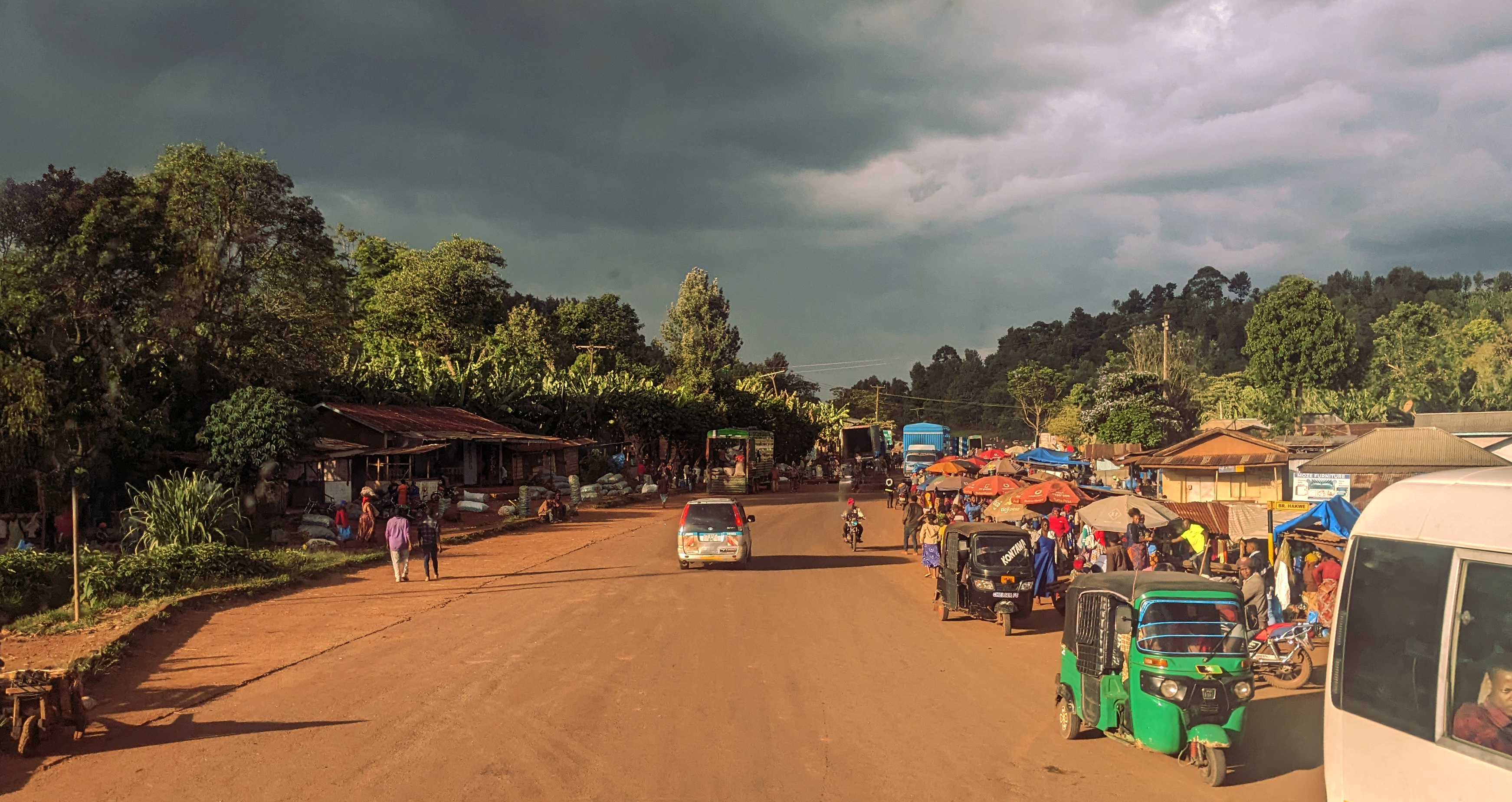
Before they’d arrived at the base of the mountain, the students had received two weeks of schooling on the mountain’s history, routes (there are seven that can take anywhere between five and nine days to complete), ecology and first aid. Then, having passed a written theory exam, the students were bussed 17km to the foot of the mountain where the final, practical week of the three-week course would commence.
Read more: Why North Africa is our destination top pick
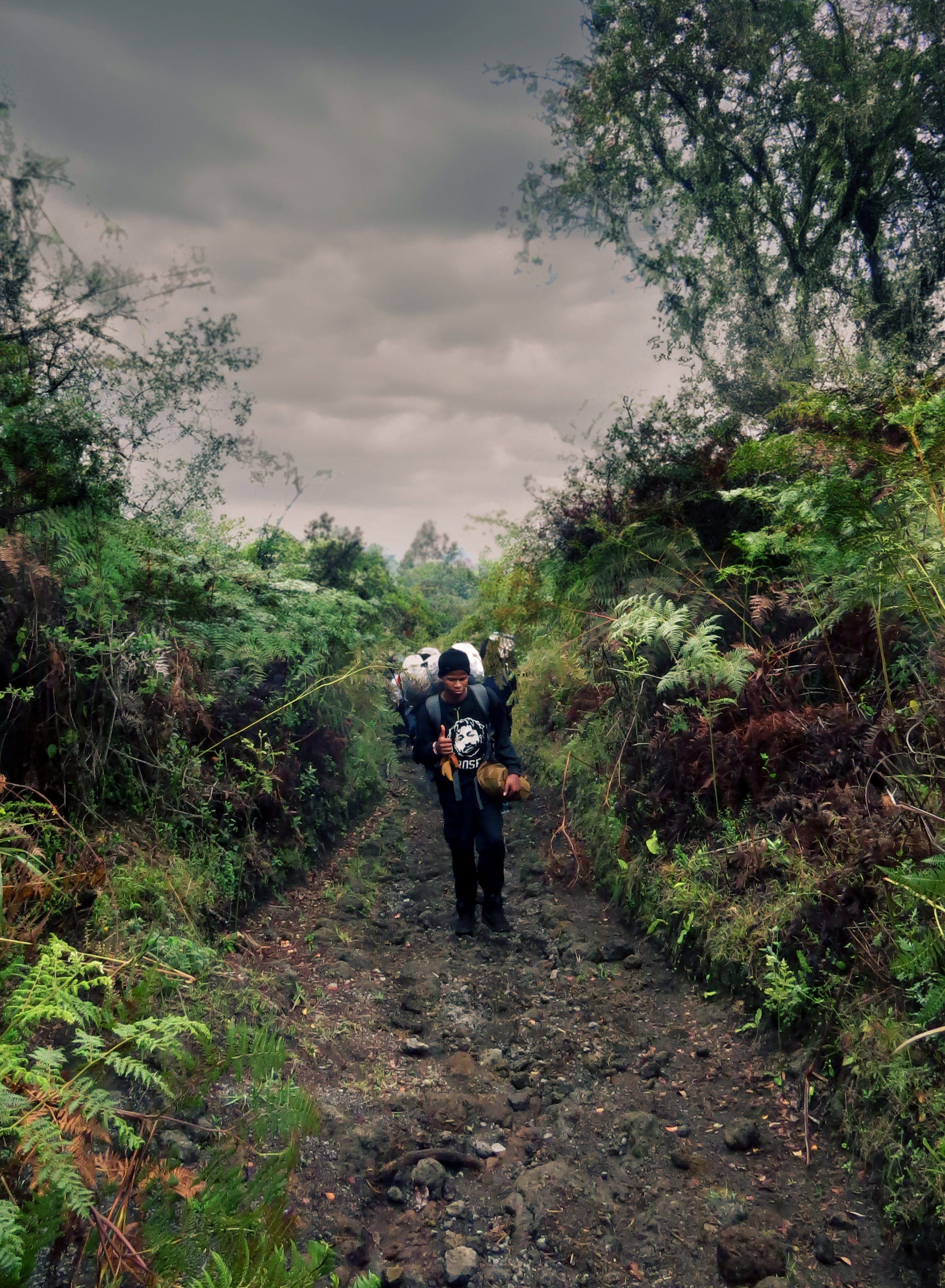
As we emerged above the forest on the final summit, bright conversations began to tumble down the slopes. Students helped each other up and over the rocky terrain (favourable to the thick mud of the forest floor) and the air was animated with a new fervour. I talked to a guide named Solomon who loves the Marvel films (especially Black Panther) and told me that he longed to travel to the US.
Travel was a common answer amongst the students when asked what they wanted to do when they graduated. Many of them had never been outside of Tanzania but all were full of stories about the different cultures and people they’d met from all over the world. The wage increase from being a porter to a guide (which is sometimes more than double) can be a ticket to a world of international tourism.
Read more: Is it possible to safely hike solo in the mountains?
Tuition fees are 800,000 Tanzanian shillings (£218), which the students typically save from their portering income. They sacrifice their low-season wages during the three-week course and for many who need to support family members, this is a major pecuniary commitment, especially as portering can be such financially insecure work. Though there are bursaries available, such as the Robertson Outdoor Bursary (ROB), which funds the training of employee-nominated porters through donations, simply making it to the college is testament to their dedication. These constraints mean that the College of African Wildlife Management must strike a balance between a robust training programme and a realistic financial and time commitment.
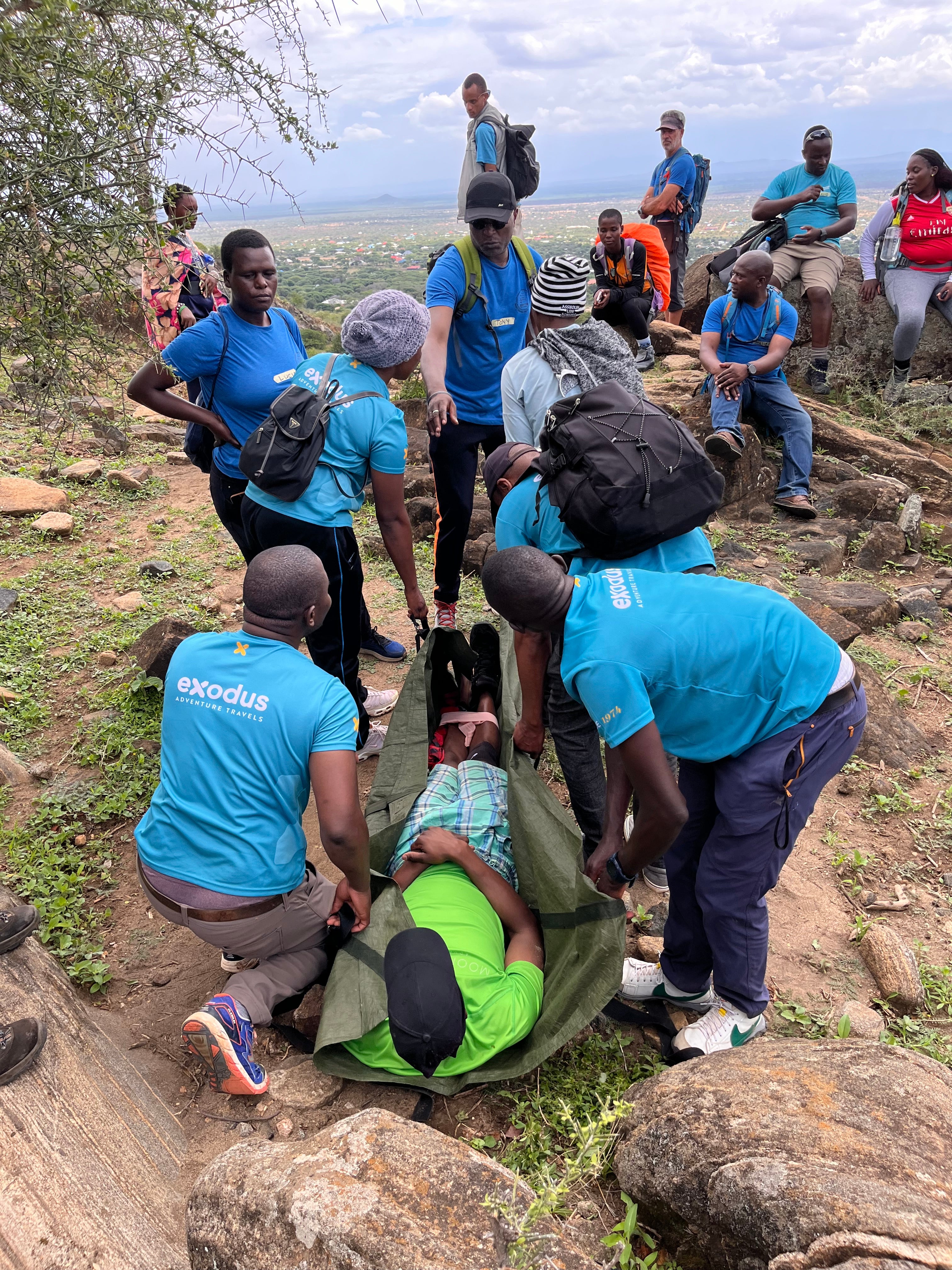
On the mountain, I waved goodbye to the students. Over the next three days, they continued towards the summit and to their futures as fully-qualified mountain guides.
I asked each of them what they hoped their futures would look like. Mercedes wanted to finish her degree in tourism and Solomon wanted to travel to California. Experius Rwechungura was investing his income into his local wildlife education programme, and Evans hoped to open his own tour company.
Many of the guides were simply looking forward to interacting with different cultures, growing as people and spending time on the magnificent peak ahead of them. I am confident that, with them, the future of tourism on Kilimanjaro is bright.
How to climb Mount Kilimanjaro
Kilimanjaro is an accessible high mountain to climb with no technical mountaineering skills required. The majority of people with a good level of fitness can attempt it; it is altitude sickness that usually prevents people from summiting.
You need a guide on the mountain and most trekkers organise their climb through one of more than 4,000 companies currently operating. These companies will typically provide accommodation and food, the required permits, and a team of porters and guides.
You can find a list of Kilimanjaro Porters Assistance Project (KPAP) certified companies on their website. The companies listed here are required to provide their porters with appropriate accommodation and food, plus ensure that they aren’t carrying too much weight. Fair payment and tip remuneration are also ensured (although a company not appearing on this list does not inherently mean they are operating unethically).
You can also ask companies directly about their operating standards before you book to find out if they are meeting the Tanzania National Park Authority and KPAP minimum ethical standards.
How to get there
Kenya Airways, Qatar Airways, British Airways, KLM, Ethiopian Airlines and Turkish Airlines all fly to Tanzania from the UK with a flight time from 10 hours 30 minutes, plus a layover. Flights start at around £530 return from London.
Your tour operator will likely organise a private transfer for your group to the base of the mountain. Alternatively you could book a private shuttle or taxi to the gate where you will start your climb. The gates are named after the routes.
Where to stay
Travellers usually stay in either Moshi or Arusha. Annaliese Smith stayed at a mix of accommodations including the Moivaro Coffee Plantation Lodge in Arusha (book now), Ramblin’ Travel Farm in Arusha (book now) and Walk With Us Africa in Moshi (book now).


.png?trim=0,0,0,0&width=1200&height=800&crop=1200:800)
